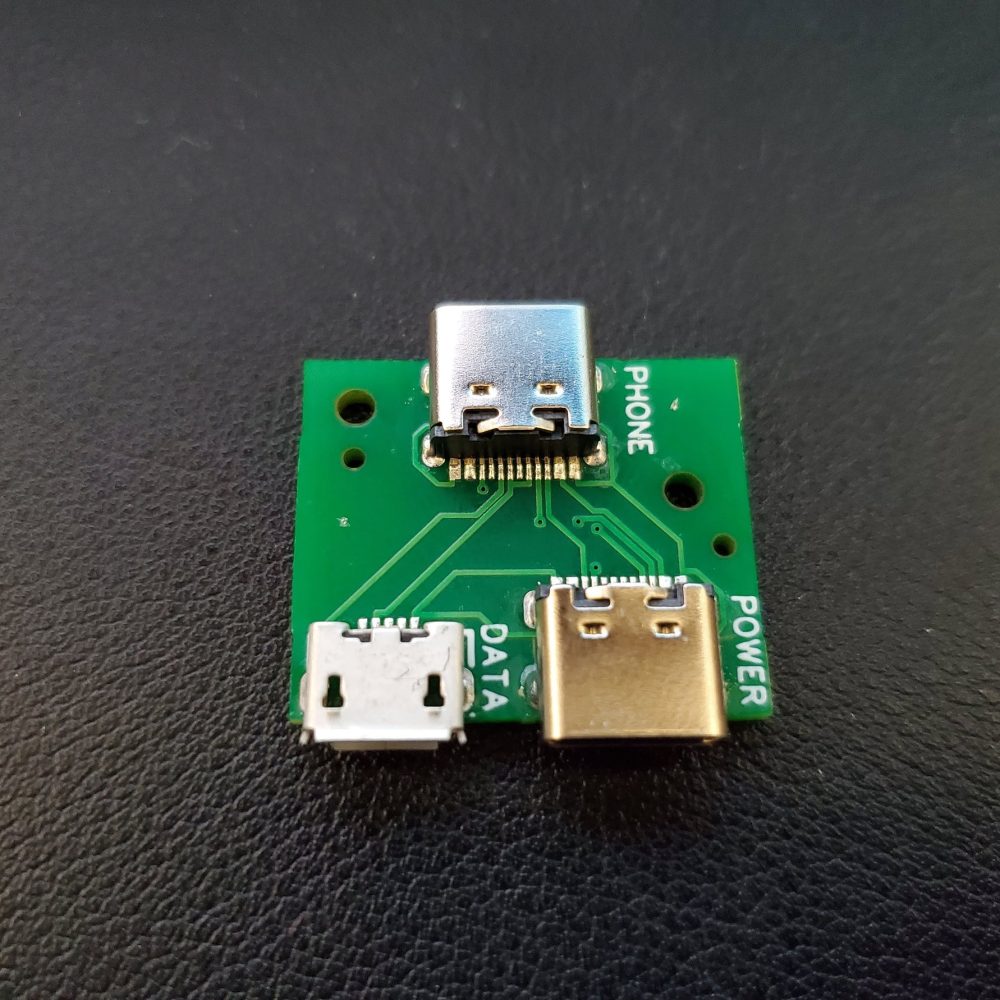
Android Auto is great for getting maps and music running in your car, but the vast majority of vehicles that support it also limit users to slow charging speeds. Now, one person has come up with a clever way to bring fast charging to essentially any Android Auto user.
Generally speaking, cars that offer wired Android Auto only offer a very limited amount of power, and while phones have become more power efficient over time, this isn’t enough for your phone to actually charge at a noticeable rate. In fact, it’s quite possible your battery percentage may be lower after a trip with Android Auto rather than higher.
As shared on the Android Auto subreddit, engineer Rohan Koripalli looked into the ways that USB-PD (power delivery) charging and Android Auto interact or, more specifically, how they don’t. With a USB-C connection, Android Auto works using only the data-related pins, while USB-PD uses its own dedicated lines for your phone and charger to choose the best rate at which to charge.
With this knowledge, Koripalli designed a simple dongle that separates the USB-C connection from your phone into a USB-C port for charging and a micro-USB port for Android Auto usage. To use the dongle, you’d use three cables. On one side, a USB-C cable connects between the dongle and a USB-PD car charger and a micro-USB cable connects the dongle to your car’s Android Auto port. On the other side is a single USB-C port, where you’ll run the third cable from the splitter to your phone.
At first, this sounds like a bit of a mess, but it doesn’t have to be. Koripalli had the dongle produced and integrated it in his own car by temporarily removing various panels to protect the dongle and hide the extra wiring. He also went the extra mile to 3D print a phone dock to keep the phone secure.
More importantly, the “USB C Power/Data Splitter” is now . There’s currently a few weeks of lead time to get your hands on one, due to popularity. Each dongle is promised to be tested before being shipped to customers.
If this all seems a bit too good to be true, know that there are some drawbacks to be aware of. So far, only a handful of Android phones have been tested, with Samsung Galaxy phones finding success. Other Android phones tested like the Pixel 4a and OnePlus 3 were found to be unable to charge faster while using Android Auto. Interestingly, the splitter was also found to work well with iPhones for combined charging and CarPlay when used with a USB-C to Lightning cable.
In the case of Pixel phones, Koripalli believes that something in Google’s phones is explicitly preventing them from USB-PD fast charging and using Android Auto at the same time. Despite showing text like “Rapid charging,” the phone will only receive minimal power. While other phones may work and simply need to be tested with a different charger, Pixel owners will likely want to shy away from this deal for the time being.
More on Android Auto:
Author: Kyle Bradshaw
Source: 9TO5Google





